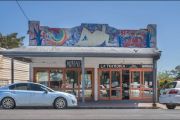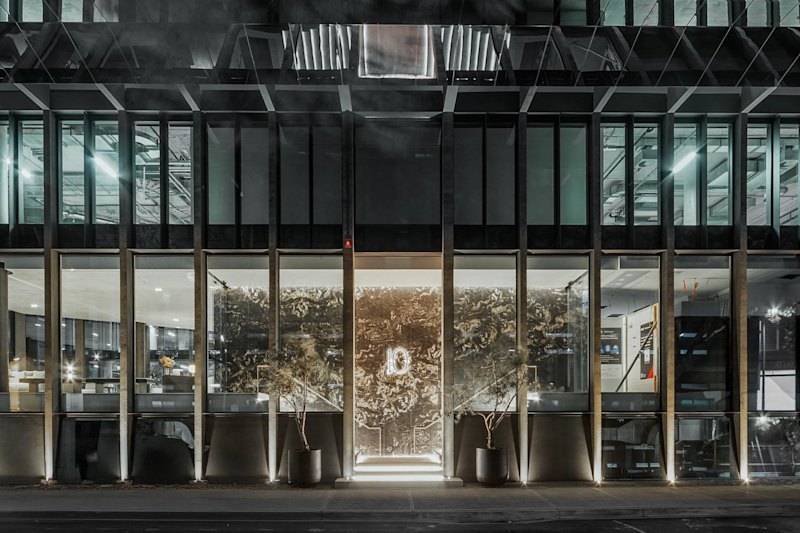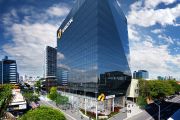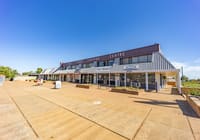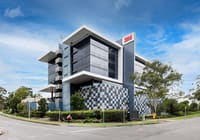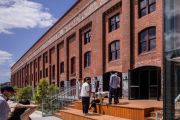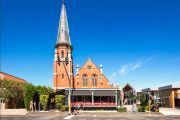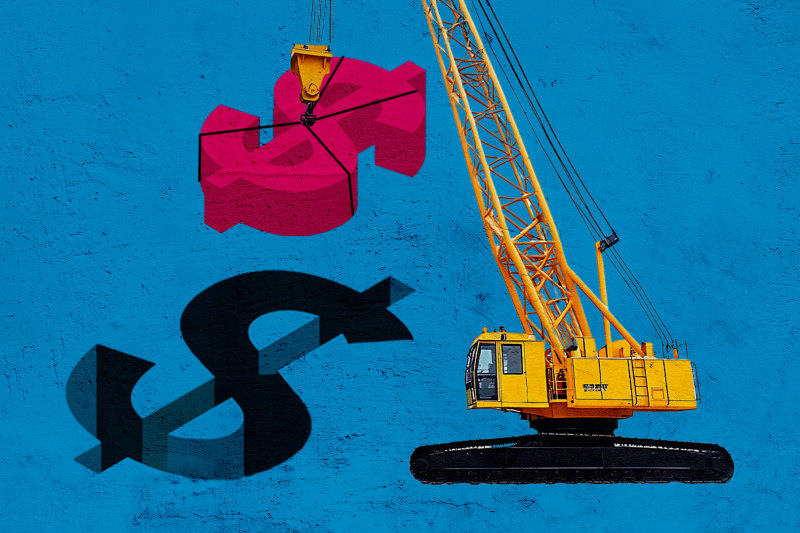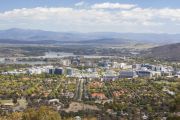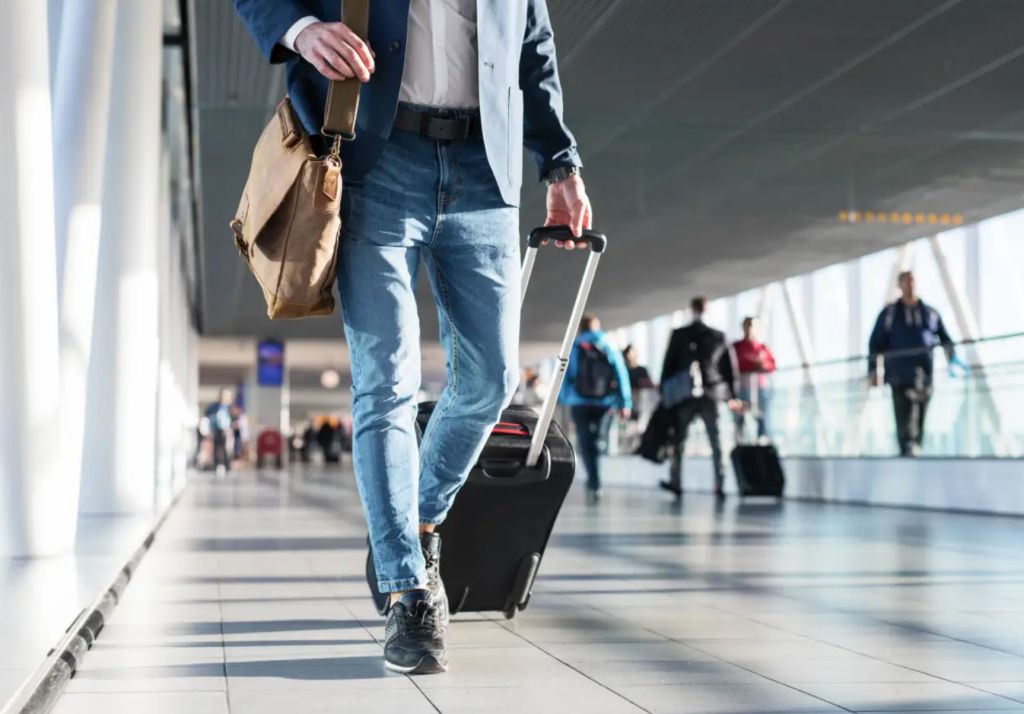
Marriott pleads for more flights as it opens first airport hotel
Marriott regional boss Sean Hunt has railed against the federal government for blocking Qatar Airways from launching new flights in Australia and being a “one-trick pony” in its protection of Qantas, as the hotel giant prepares to cut the ribbon on its first hotel at Sydney Airport.
“Domestic travel is back at 90 per cent of pre-COVID 2019 levels, but international travel is only 67 per cent – we need to push for more airlift,” Mr Hunt told The Australian Financial Review.
“We can’t be a one-trick pony. We need more airlines flying in. International airlines are like oxygen for hotels,” said Mr Hunt, who is also vice-president of Accommodation Australia, the newly merged industry group that represents the interests of more than 3500 hotel operators and owners.
His concerns at the international airlift capacity shortfall (mirrored across the tourism sector and by readers of the Financial Review), came as Marriott opened the doors to Australia’s first Moxy Hotel, a 301-room offering with a DJ booth, “fun communal spaces” and bike hire designed to tap into transient millennial travellers looking for a more exciting stopover stay.
The 13-storey hotel with an end value of more than $100 million was developed on a former car park at 56 Baxter Road, Mascot, by Sydney fund manager RF Corval (backed by Rich Lister Andrew Roberts) and Thai-based KS Hotels and Resorts.
It is part of a long line-up of new hotels Marriott has opened in the region in the past five years that has taken its presence to nearly 50 properties across Australia, New Zealand and the Pacific.
The opening of the country’s first Moxy follows the debut of the Ritz-Carlton in Melbourne and the return of the Le Meridien brand to the Victorian capital earlier this year as part of Marriott’s big push into the luxury market.
In October, Marriott will look to dazzle the accommodation sector again with the long-awaited opening of the world’s biggest W Hotel – a 588-room behemoth – in the futuristic Ribbon building at Darling Harbour.
Early next year a Courtyard by Marriott will open in Perth and, after that, Adelaide will get its first Marriott above the GPO building in King William Street.
The Moxy will be a more affordable option, with rooms starting from about $200 a night and check-in taking place at the bar.
The success of these new Marriott hotels and others – following a building boom that has added almost 5000 hotel rooms in Melbourne and more than 2000 in Sydney – will be driven to a large extent by a pick-up in overseas arrivals, especially in the luxury hotel segment.
With this in mind, Mr Hunt said Marriott and Accommodation Australia had been “dismayed” at Transport Minister Catherine King’s decision to block Qatar Airways expansion plans, a ruling that saw her dubbed the “Minister for Qantas” by the Financial Review’s Rear Window column.
“Lots of new hotels have been built and there are more to come, yet the [international] airlift is only at two-thirds of pre-COVID capacity. That’s problematic,” Mr Hunt said.
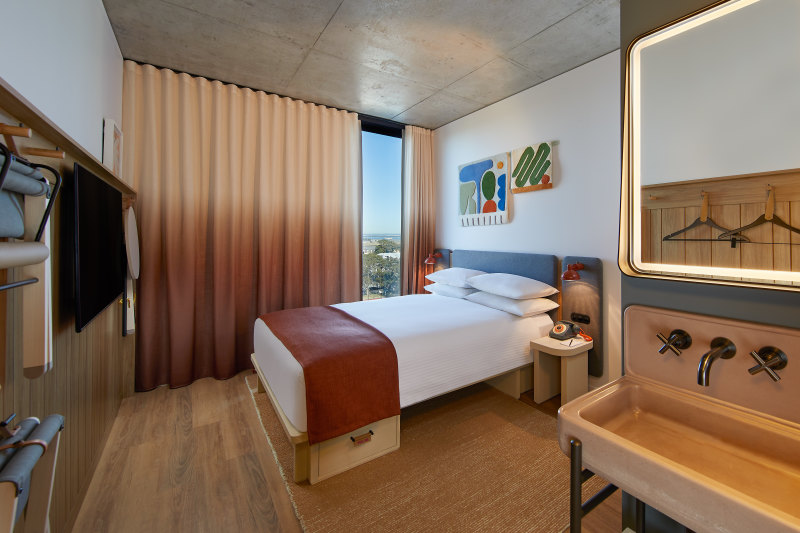
Despite these concerns, he said he was bullish about the outlook for the hotel sector, as corporate group bookings start to rise assisted by the Asian business market.
Latest monthly figures from hotel consultants STR show all capital city markets have rebounded to pre-COVID levels on a revenue per available room (revPAR) basis, the key industry performance metric (calculated by multiplying the occupancy rate and the average daily rate).
However, Sydney and Melbourne have yet to return to average occupancy rates of 80 per cent enjoyed in 2019; Sydney has averaged 75 per cent over the first seven months of the year and Melbourne, which has been the epicentre of hotel openings, remains the capital city laggard at 68 per cent.

